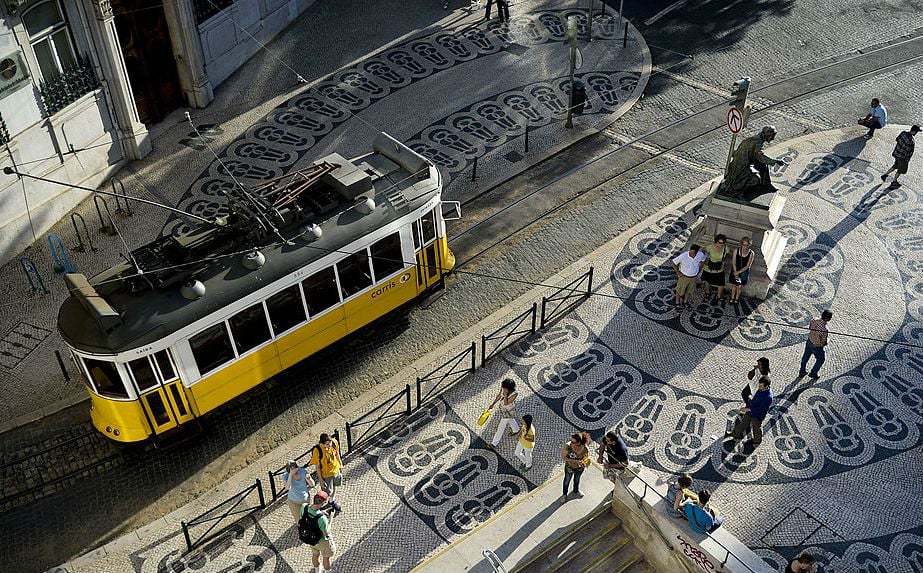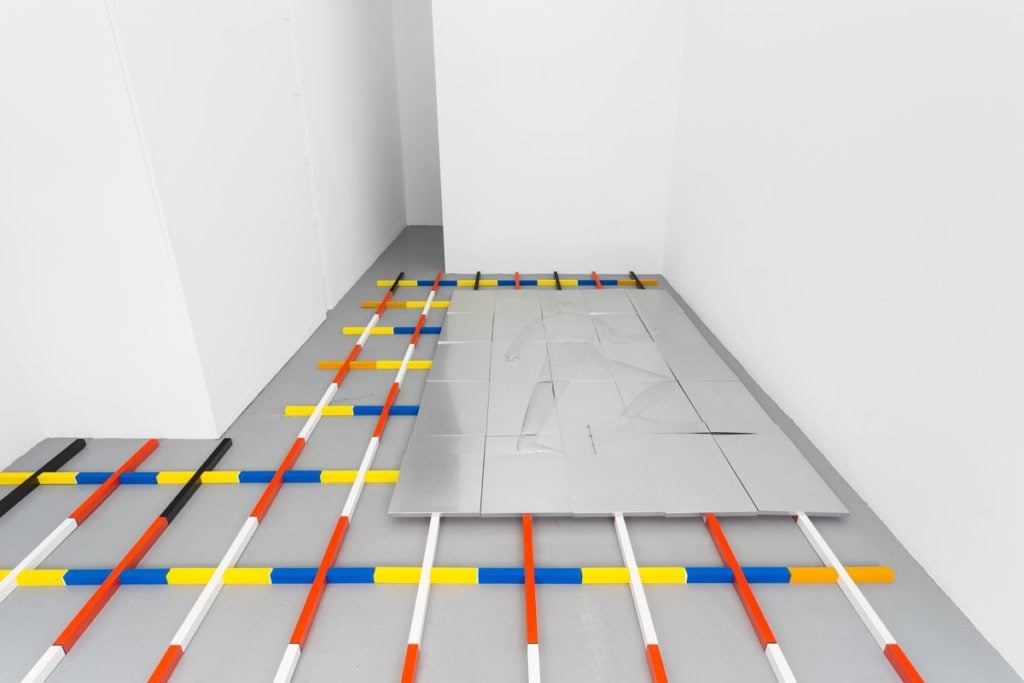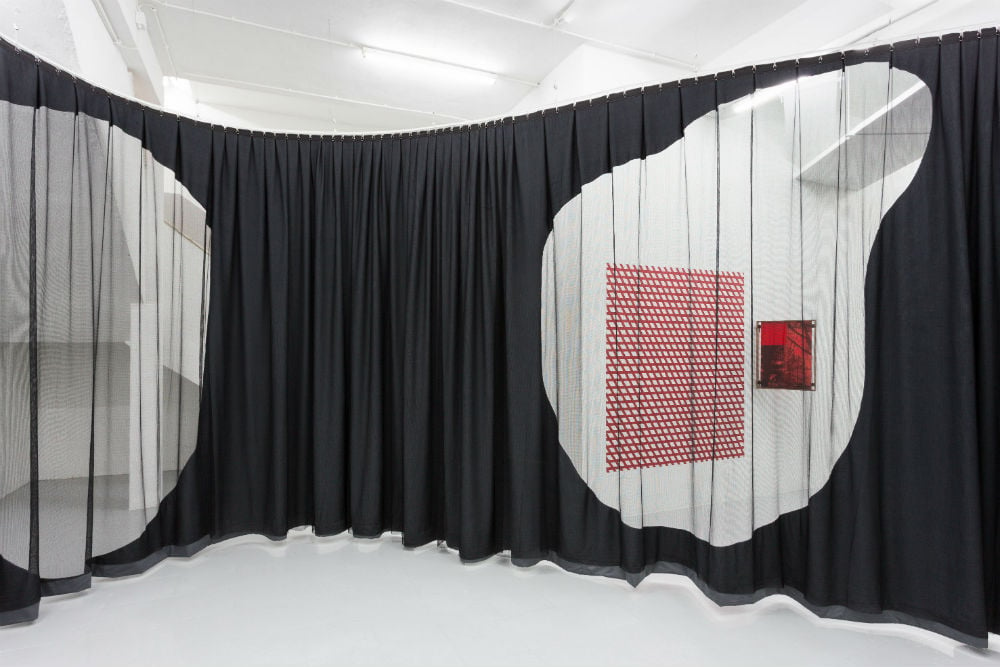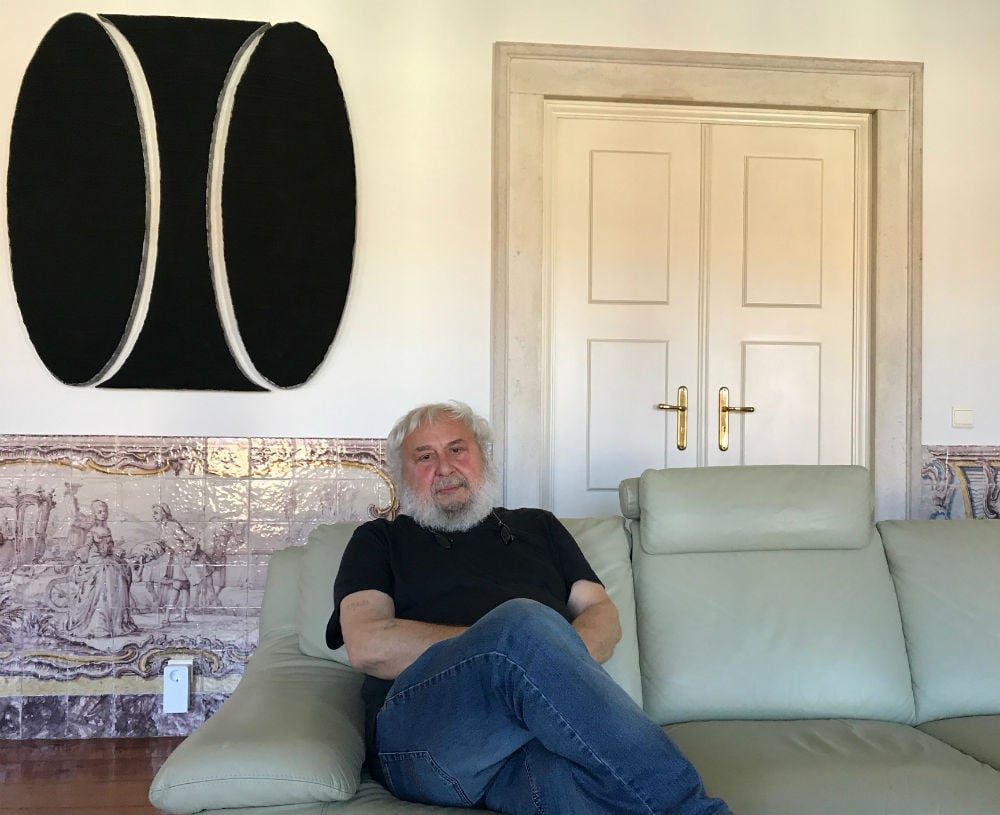Art World
Lisbon Has Become One of Europe’s Hottest Art Capitals. How Did That Happen?
Just don't call it 'The New Berlin.'

Just don't call it 'The New Berlin.'

Lorena Muñoz-Alonso

Lisbon has all the ingredients to be Europe’s next piping-hot art destination: young galleries are opening there, international dealers are setting up outposts, and dozens of artists are flocking there for its affordable housing and studio rents. The city, which boasts a refreshing mix of commercial and the non-profit spaces, also has a contemporary art fair, ARCOlisboa, which held its second edition last week.
But is it the “New Berlin,” as many articles have proclaimed in the past few years? A promised land for artists from all over the world, to come, settle, and live a life devoted to making art?
“Lisbon offers space and opportunities to start new things. The art scene here is open, friendly, unpretentious, and the city feels like an exciting combination of Europe and Latin America,” the Mexican artist Rodrigo Hernández told artnet News. He is one of the most recent additions to the city’s artistic community, having first arrived several months ago to prepare his solo exhibition “Plasma,” his debut in both the country and at Galeria Madragoa.

Installation view of Rodrigo Hernández’s “Plasma” exhibition at Galería Madragoa, Lisbon. Courtesy the artist and the gallery.
“While some cities seem to be at breaking point and throwing artists out, other cities seem welcoming to us, and Lisbon right now feels like one of these,”Hernández says. “I think it’s a very positive thing, but to make this development sustainable in the long run will depend on how solid the projects that are starting now are. They have to keep bringing new things and maintain a dialogue with the city.”
He should know, as his successful career in a handful of cities over the last few years, including Mexico City, Karlsruhe in Germany, and Basel in Switzerland.
“Every so-called ‘New Berlin’ has unfortunately suffered from that label, a sign of the constant need of the art world to get excited about a new location. Maybe Lisbon is the new Berlin, but those grey skies will never reach us, one hopes!” joked Matteo Consonni, who moved to Lisbon last year to launch the young and edgy Madragoa, after five years as director of Franco Noero, one of Turin’s most established commercial galleries.
“Rodrigo Hernández moved here two months ago, while Renato Leotta [another artist in the Madragoa roster] is coming here more and more often to use the great production possibilities he has here. Other names that come to mind are Louis Henderson and Céline Condorelli”

Céline Condorelli, All Our Tomorrows (2016) at Kunsthalle Lissabon. Photograph by Bruno Lopes.
“Yes, since last spring I am building a life in Lisbon,” Condorelli, who was based in London for 25 years, confirmed to artnet News. “But I don’t like all the attention the city is getting in regards to real estate. I think the city will be destroyed by it, in combination with mass tourism. It’s just too fast and too brutal. I grew up in Florence, which is a very difficult city because of tourism, it’s dead from the inside, completely emptied out. Artists are not the problem per se, they are probably the best people to move as they can help maintain local production, work with carpenters, printers, etc… But, of course we are part of the problem. I’ve been thinking about it quietly for almost a decades, first with Emily Wardill, who did move about three or four years ago, but I needed a bit more time to figure it out and finally last year spent a big chunk of time in the city.”
Besides a more clement weather, the picturesque views, and abundant sunlight, Lisbon also offers more affordable rents for housing and artist studios. While an individual studio in Berlin might set an artist back an average of €400 a month, a similar option in Lisbon has a monthly rent of €200-250, which also helps explain the appeal of the Portuguese capital for young creatives (and for the tech and startup communities, too).
Yet it’s not only youngsters in search of greener pastures who are making the move to the Portuguese capital. Pier Paolo Calzolari—one of the key members of the Arte Povera movement and now in his early 70s—moved to Lisbon one year ago after spending almost 30 years in the rural region of Marche in Italy.

Pier Paolo Calzolari in his Lisbon house. Photo Lorena Munoz-Alonso.
“I’ve known Lisbon for a long time and really like it, so two years ago I found the house where I live and one year ago I moved permanently,” he told artnet News, sitting in the spacious and bright living room of his house in the area of Santos, a large and elegant property that sometimes doubles as his studio.
“There is something about the quality of the light that reminds me of Venice, where I grew up. But there’s something else in Lisbon that reminds me of Venice, which is how much and how fast the city is changing. Growing up in Venice in the 1940s, there was barely any tourism. That changed suddenly in the 1960s, when tourism came to the city and became the biggest business in Venice, forcing locals to move away, as living there had become too expensive. Sadly, I’m starting to notice that the same is happening in Lisbon. It’s like a virus, and I’m starting to see a lot of people trying to make fast money here, with massive real-estate speculation developing here.”
“I’m not particularly active in the local art scene, with galleries and institutions. I’m mostly friends with some artists, like Julião Sarmento. But I know that a lot of young artists are moving here, which I find very positive, they are bringing fresh blood and shaking up the art scene and the city, as are all those young galleries opening. That makes me feel hopeful,” the artist added with a smile.
“In terms of fabricators and materials, I’ve felt that many artisans have left Lisbon, because of gentrification, and some materials, like wood and metal, have been hard to find due to the crisis first and then because of prices getting higher due to speculation. So on occasions, yes, I have found difficulty in fabricating works,” Calzolari, who’s just had a large solo show at his New York gallery Marianne Boesky and is working on an upcoming museum show in Aspen, told artnet News.

Pedro Barateiro, Relaxed Economy (2017). Courtesy of the artist and Galeria Filomena Soares.
“It’s definitely a good moment for the city and the whole country, although speculation on real estate and private property is a problem that will effect everyone,” Pedro Barateiro, a young Portuguese artist with growing international projection, told artnet News.
“It was such a quick change that it’s scary to think how quick the recovery was, compared to the long years of austerity. It is a sign that governments are easily manipulated by other entities once they allow themselves to be exposed in such manner. There is a lesson to be learned, and I’m not talking about protectionist laws, or closure, but one that says that governments can be constituted by different parties once they all agree on common interests,” he added, referring to the ruling government coalition, led by a Socialist prime minister, that took power in November 2015.
“As for the system built around art, I just hope the government and the municipality of Lisbon help artists and all producers within the field to be less dependent on market laws and create structures for that to happen,” said Barateiro, who has developed his artistic career mostly in Lisbon and is very active member of its artistic community. “The art scene is Portugal is less elitist than before, but we still need the creation of a structure that supports artists and all the precarious workers that have made this economic recovery possible.”